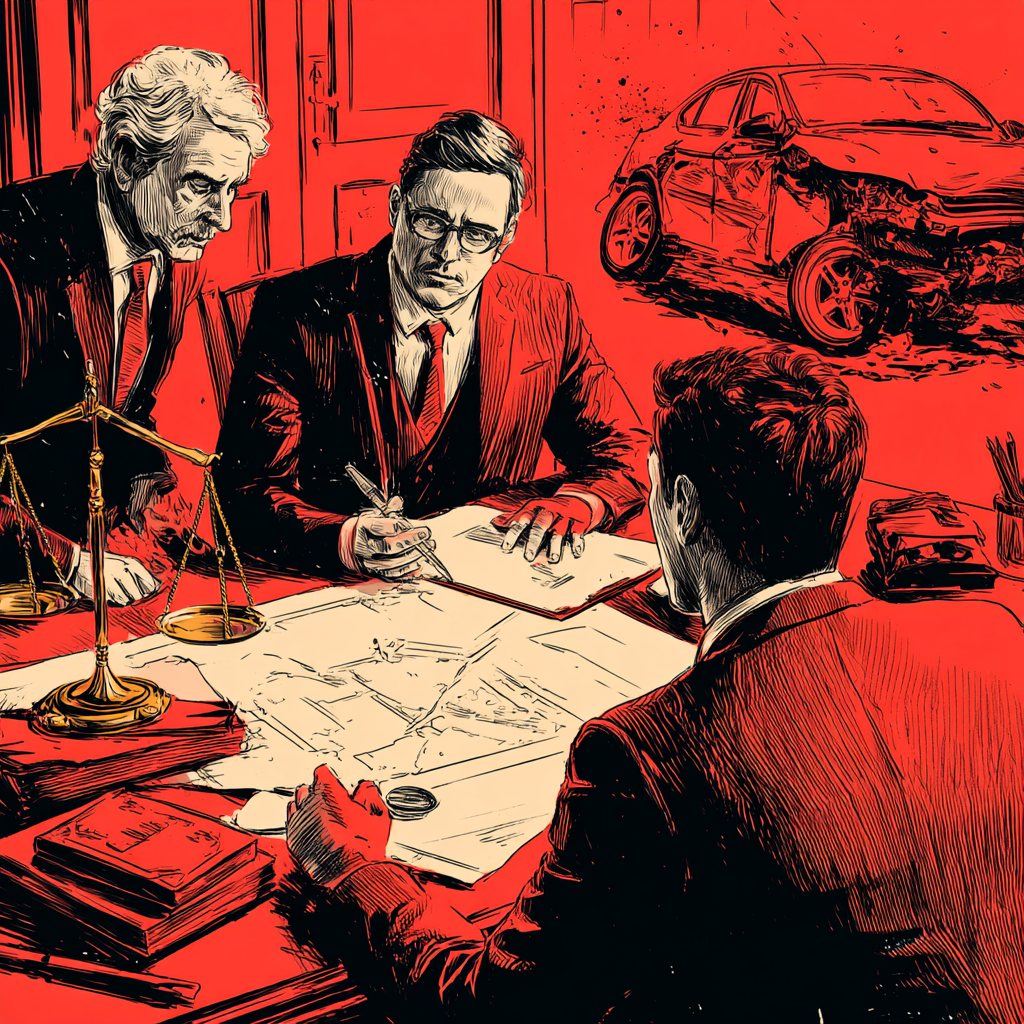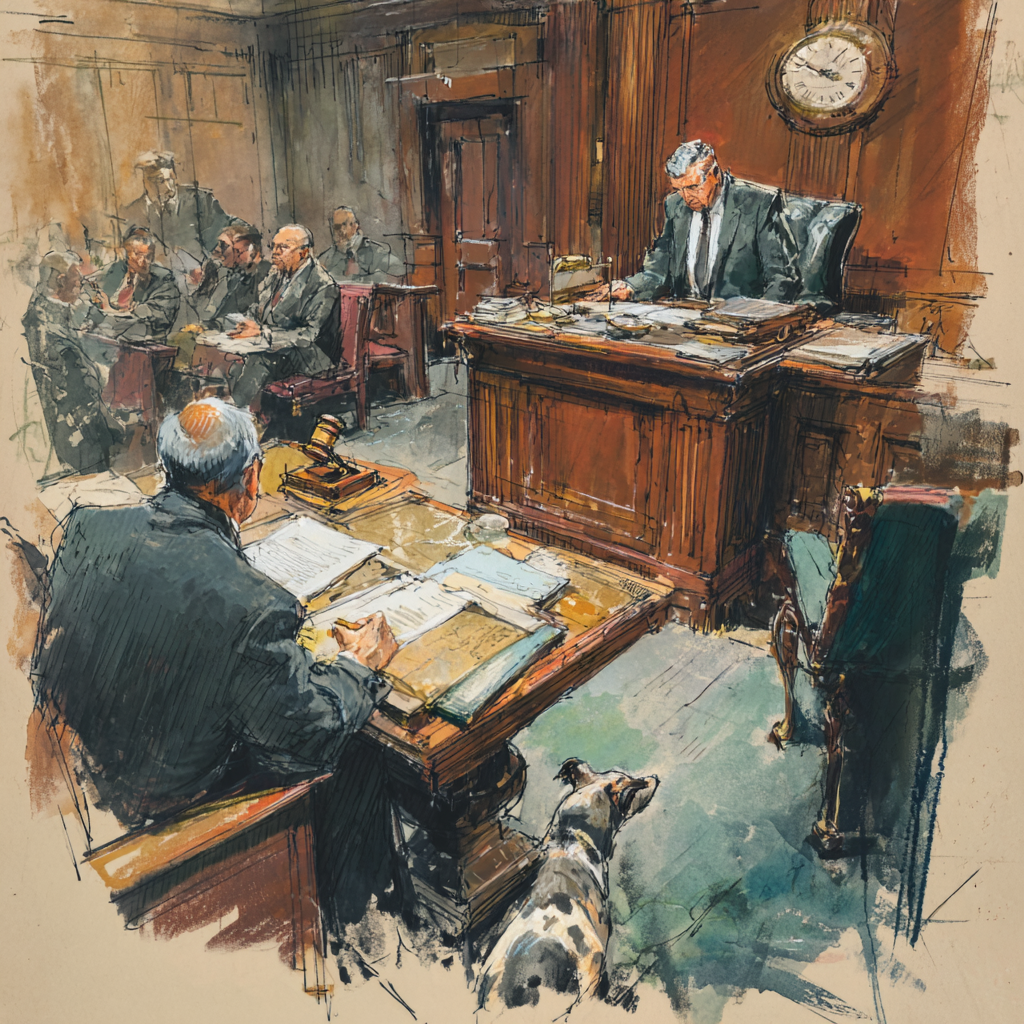I always joke around with my plaintiff friends that should you sue my clients, I will be the first person on the ECF system to file an appropriate bankruptcy petition. If you represent real people with real problems, you will have given some advise on how to protect them from unsecured judgment creditors. But, it is important to know that an unsecured judgment creditor can become a quasi -secured judgment creditor when that judgment lien attaches to real property your client owns. An 11 USC 522(f) motion needs to be made in bankruptcy court to void the lien. The failure to do this can spell grave disaster.
I mention this because I came across this interesting case. One of our local 7 trustees was involved in this litigation – probably too late, as you can see herein:
Nelson, L.P. v Jannace, 2011 NY Slip Op 06373 (2d Dep. 2011)
“[A] discharge in bankruptcy is a discharge from personal liability only and, without more, does not have any effect on a judgment lien” (Matter of Acquisitions Plus, LLC v Shapiro, 7 AD3d 957, 958; 11 USC § 524[a][1]). Judgment liens and other secured interests ordinarily survive bankruptcy (see Carman v European Am. Bank & Trust Co., 78 NY2d 1066; McArdle v McGregor, 261 AD2d 591; Bank of N.Y. v Magri, 226 AD2d 412; see also Farrey v Sanderfoot, 500 US 291, 297). Moreover, a creditor need not object to the debtor’s discharge in bankruptcy in order to preserve its lien, since the discharge does not affect the lien (see Carman v European Am. Bank & Trust Co., 78 NY2d 1066; McArdle v McGregor, 261 AD2d 591).
When the defendants received discharges in bankruptcy, their personal liability to the plaintiff on the judgment was discharged (see 11 USC § 524 [a][1]). However, the defendants did not meet their burden of establishing that the liens on their real property were invalidated or surrendered in the bankruptcy proceedings or set aside in an action brought by the receiver or trustee.
Accordingly, they were entitled only to a qualified discharge (see Debtor and Creditor Law § 150[4][b]; Carman v European Am. Bank & Trust Co., 78 NY2d 1066; Bank of N.Y. v Magri, 226 AD2d 412; Matter of Leonard v Brescia Lbr. Corp., 174 AD2d 621). “A qualified’ discharge, as distinguished from an unqualified discharge, serves as notice to third parties that, notwithstanding the debtor-owner’s discharge in bankruptcy, the property may, nonetheless, still be burdened by liens” (Carman v European Am. Bank & Trust Co., 78 NY2d at 1067).
Anyway the point is if you meander too far outside your comfort zone, be really careful where you step.









